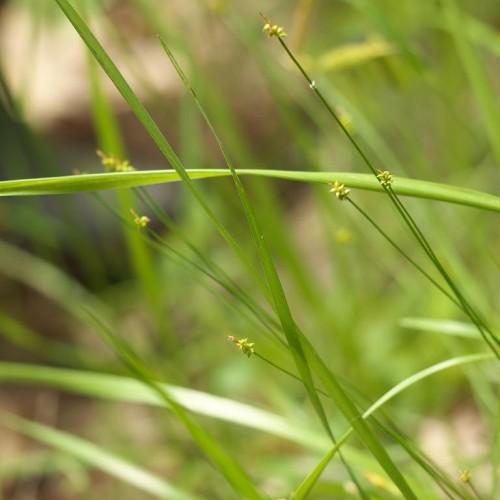
Appalachian Sedge
Carex appalachica
Watering:
Frequent
Hardiness Zone:
Flowers:
Flowers
Sun:
full sun,part sun/part shade
Soil:
Clay, Sand, Loam
Leaf:
Yes
Growth Rate:
High
Drought Tolerant:
Yes
Salt Tolerant:
Yes
Care Level:
Medium
watering
Bigleaf Sedge grows best with consistent moisture, but it will tolerate both wet and dry soils. During its active growth period in spring and summer, water it deeply twice a week (for an hour or 2 at a time) when the top few inches of soil are dry, or whenever your soil is light and fluffy. During the hottest summer months, you may need to water more frequently. In winter and fall, light watering (once or twice a month) may be necessary to keep the soil from becoming too dry.
sunlight
Bigleaf Sedge (Carex amplifolia) prefers full sun to partial sun when the plant is situated outdoors. In ideal conditions, it needs 6 to 8 hours of sunshine per day. However, it can also tolerate partial shade which makes it a great choice for a wooded yard with dappled shade. In full sun, the plant will thrive better with moist soil. It's best to position it in an east or south facing area to make sure it gets enough light.
pruning
Bigleaf Sedge should be pruned in late winter or early spring before growth begins. The plant should not be pruned too aggressively or too frequently as this can weaken it. The best practice is to remove only the dead or damaged foliage, along with any shoots that appear overly vigorous or unruly. Prune the plant back to its desired size and shape, being careful to only remove 1-third to 1-half of the total plant height. It is recommended to also prune off any seed heads to prevent unwanted self-seeding.
